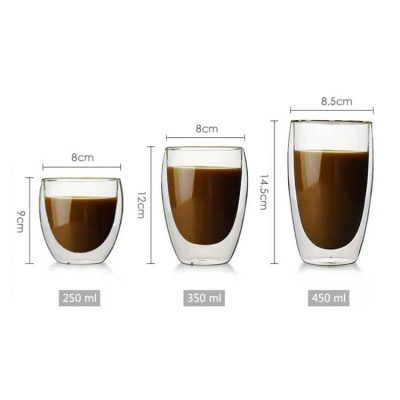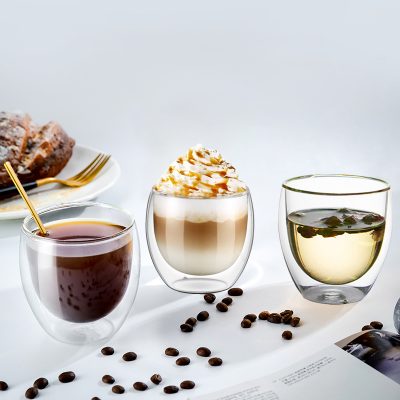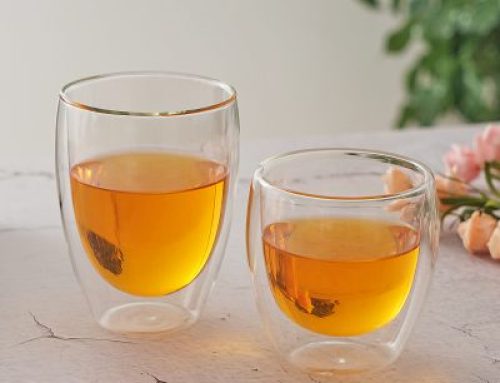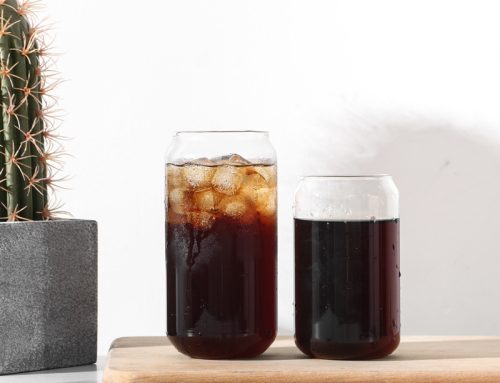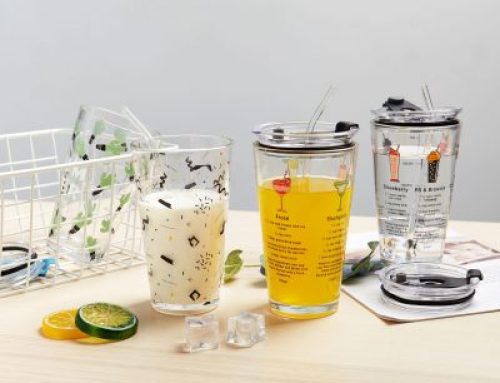Glass cups have traversed the annals of history, evolving from utilitarian vessels to intricate works of art that reflect the aesthetic sensibilities of their eras. This journey from vintage to modern glass cups is a testament to human creativity, innovation, and the timeless appeal of this exquisite material. Let’s embark on this journey through time:
Vintage Elegance: In the early days of glassmaking, vintage glass cups emerged as practical containers, often characterized by their simplicity and functionality. These cups were hand-blown and exhibited an earthy charm, reflecting the craftsmanship of their makers. As glassmaking techniques advanced, intricate patterns, etchings, and cut designs began to adorn vintage glass cups, adding an air of sophistication.
- Ancient Treasures: The roots of glassmaking date back to ancient civilizations such as Mesopotamia, Egypt, and the Roman Empire. Early glass cups were rare and treasured, showcasing the skills of master artisans.
- Renaissance Opulence: The Renaissance period saw the rise of ornate glassware, with intricate patterns, gilding, and delicate engravings. These cups were status symbols, owned by the elite and used to display wealth and refinement.
- Victorian Romance: The Victorian era brought about glass cups with elaborate designs, often featuring intricate handles and delicate shapes. These cups were used for formal occasions and high tea gatherings.
Transitional Beauty: As time marched on, the transition from vintage to modern glass cups witnessed the fusion of traditional craftsmanship with emerging design philosophies. Glass cups started to reflect the changing aesthetics and lifestyles of the times.
- Art Nouveau Flair: The late 19th and early 20th centuries introduced the Art Nouveau movement, influencing glass cup designs with organic, flowing lines and nature-inspired motifs. Glass artists like Émile Gallé created pieces that were not only functional but also intricate works of art.
- Art Deco Innovation: The Art Deco era of the 1920s and 1930s brought geometric shapes, bold colors, and streamlined designs to glassware. Glass cups became part of the modern interior aesthetic, showcasing innovation and sophistication.
Modern Mastery: As we step into the modern era, glass cups have continued to evolve, embracing minimalism, innovative techniques, and a fusion of materials to cater to diverse tastes and lifestyles.
- Minimalist Chic: Modern glass cups often celebrate clean lines and minimalist design. Stemless wine glasses, sleek tumblers, and stackable glass cups embody contemporary aesthetics while maintaining functionality.
- Artistic Expression: Glass cups have become canvases for artists and designers to experiment with color, texture, and shape. Hand-blown glass cups showcase individuality and the human touch.
- Innovative Functionality: From double-walled cups that insulate beverages to self-heating or self-cooling glass cups, innovation has merged seamlessly with glassware, enhancing both form and function.
- Sustainable Sensibilities: With a growing focus on sustainability, modern glass cups offer eco-friendly options for those seeking both style and environmental consciousness.
“From Vintage to Modern Glass Cups: A Journey Through Time” is a testament to the enduring beauty and adaptability of glass as a medium. It reflects the evolution of human aesthetics, technological progress, and the artistry of glassmaking. Through the ages, glass cups have remained vessels of elegance and refinement, inviting us to sip not just beverages but history and artistry as well.
